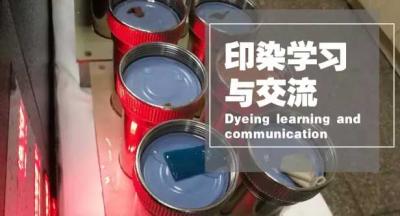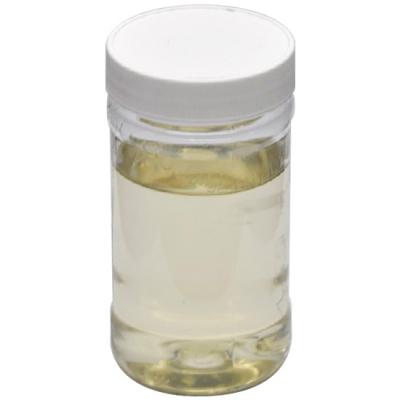1. Definition of dye fixing agents
Dye fixing agent is one of the important auxiliaries in the printing and dyeing industry. It can improve the wet resistance fastness of the color of dyes on fabrics. It can form insoluble colored substances with dyes on the fabrics to improve the washing and perspiration fastness of the color, and sometimes it can also improve the light fastness.
2. Classification of dye fixing agents
Commonly used dye fixing agents are cationic quaternary ammonium salts, such as cetyl pyridinium chloride, cetyl pyridinium bromide, propylene bis (hexadecyl dimethyl ammonium chloride); amine-formaldehyde resin type dicyandiamide formaldehyde initial condensation (dye fixing agent Y, M); polyamine condensation (silk dye fixing agent LA); phenolic condensation (crosslinking dye fixing agent DE); crosslinking dye fixing agent (Indosol CR); Reactive dye fixing agent, as well as phenol sulfonic acid formaldehyde condensate used in nylon (polyamide) fabric instead of tannin as dye fixing agent, etc.
3. Fixing mechanism of dye fixing agents
Fixing mechanism: A polyamine-type dye fixing agent polycondensates itself to form a film, which is immersed in a solution, and the molecules of dye fixing agent are attached to the fabric. When the fabric is processed at about 100 degrees, the molecules of dye fixing agent are polycondensed with each other to form a higher molecular weight. The large network structure is attached to the surface of the fabric to form a film to cover the dye in the film, thereby improving the color fastness; B dye fixing agent is combined with dye and fiber. The dye fixing agent has -NH2 group at the end of its molecule, and there are also active groups in cotton fiber macromolecules, such as -OH, which undergo condensation reaction during baking, so that the molecules of dye fixing agent and fiber macromolecules are connected by covalent bonds. At the same time, there are also active groups in the dye molecules, such as OH or -NH2. During baking, the dye and the dye fixing agent are covalently bonded; C ion bond is bonded, and the polyamine dye fixing agent is cationic. In dyeing, it is generally an anionic dye, so the two can attract each other with positive and negative charges and combine in the form of ionic bonds.



 English
English  日本語
日本語  Español
Español  tiếng việt
tiếng việt  Türkçe
Türkçe  ไทย
ไทย  українська
українська  हिंदी
हिंदी  বাঙালি
বাঙালি  اردو
اردو 



